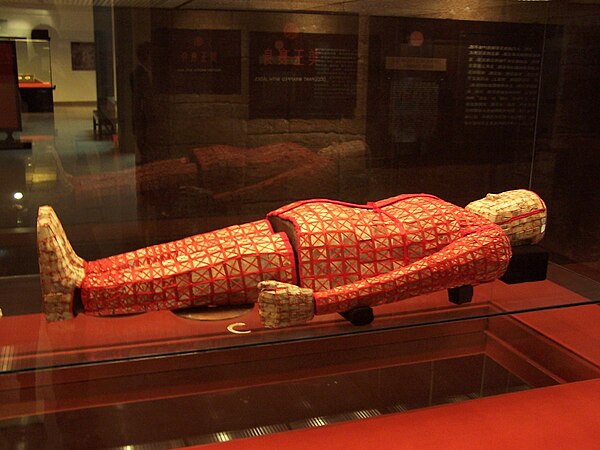
Han Dynasty
The Han dynasty was the second imperial dynasty of China (202 BCE – 220 CE), established by the rebel leader Liu Bang and ruled by the House of Liu. Preceded by the short-lived Qin dynasty (221–206 BCE) and a warring interregnum known as the Chu–Han contention (206–202 BCE), it was briefly interrupted by the Xin dynasty (9–23 CE) established by the usurping regent Wang Mang, and was separated into two periods—the Western Han (202 BCE–9 CE) and the Eastern Han (25–220 CE)—before being succeeded by the Three Kingdoms period (220–280 CE). Spanning over four centuries, the Han dynasty is considered a golden age in Chinese history, and influenced the identity of the Chinese civilization ever since. Modern China's majority ethnic group refers to themselves as the "Han Chinese", the Sinitic language is known as "Han language", and the written Chinese is referred to as "Han characters".















































